Farm Business Management
All Farm Business Management Content
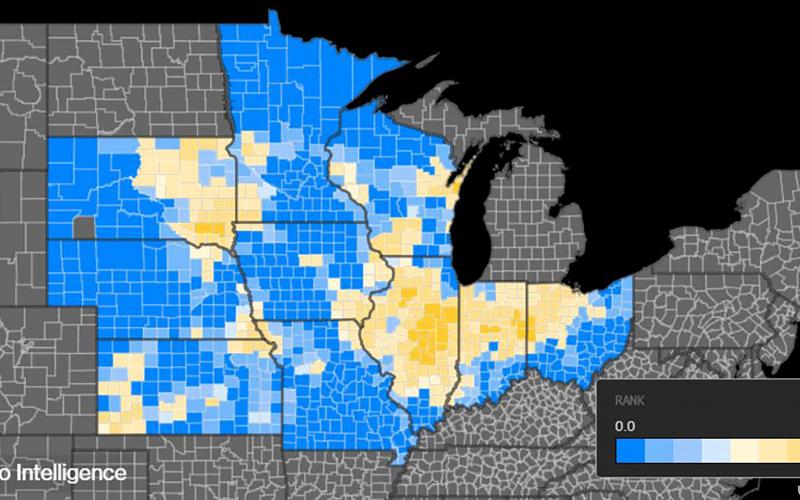
Stretching Corn Silage Supplies
During the 2002 drought there was a need to stretch corn silage supplies as a result of the drought that affected the U.S. Now we deal with the opposite scenario, where excessive spring rains have not allowed farmers to get to the fields. In both situations livestock producers face challenges.
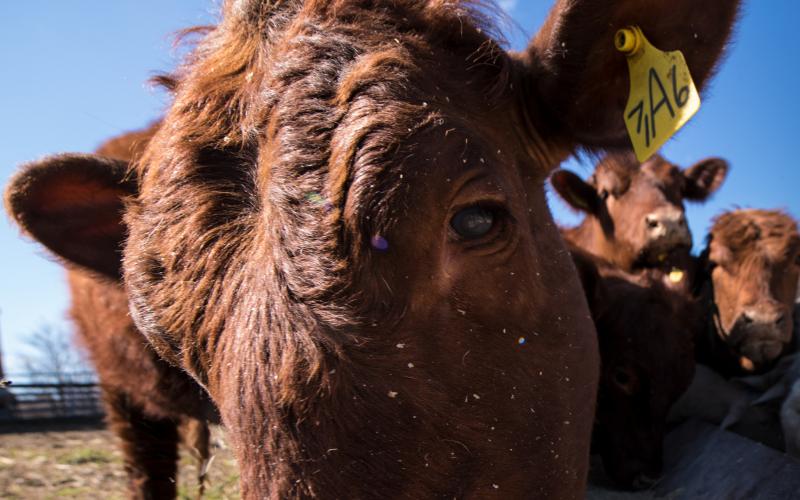
Limited Forage: What Are Some Alternatives?
Research has shown that a variety of feedstuffs can be utilized to meet the cows’ nutrient requirements with similar performance to hay or hay plus supplement ration.
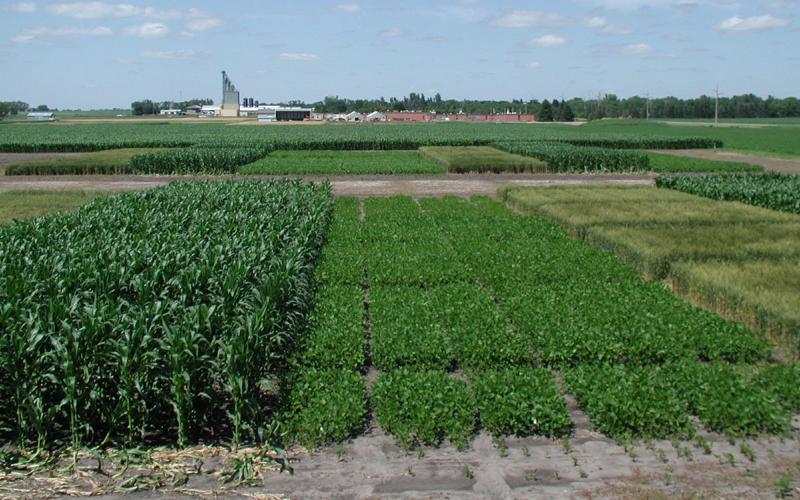
Interpreting Research Results: The Simple Way
Although research results and statistical terminology can seem overwhelming, understanding the basic concepts can be valuable for decision making. When making management decisions, don’t hesitate to ask for research results and statistics to back up marketing claims.
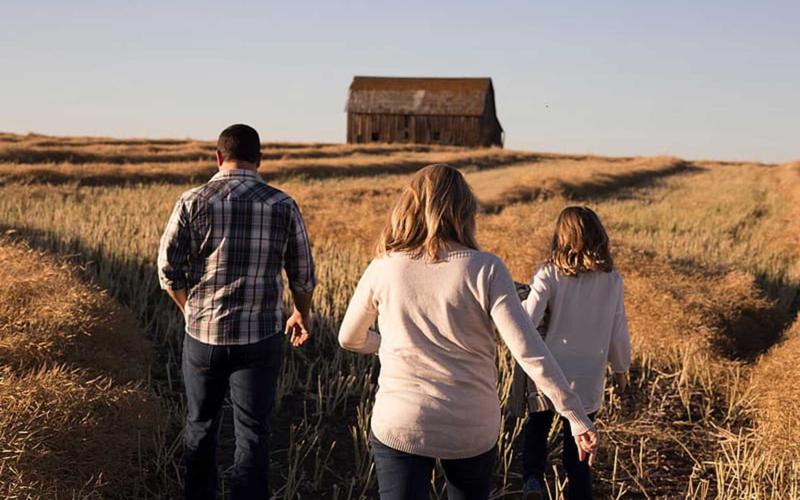
SDSU Extension to Host Another Round of Workshops for Next Generation Land Seekers
December 22, 2020
According to the USDA 2017 Census of Agriculture, one in four producers is a beginning farmer with 10 or fewer years of experience.
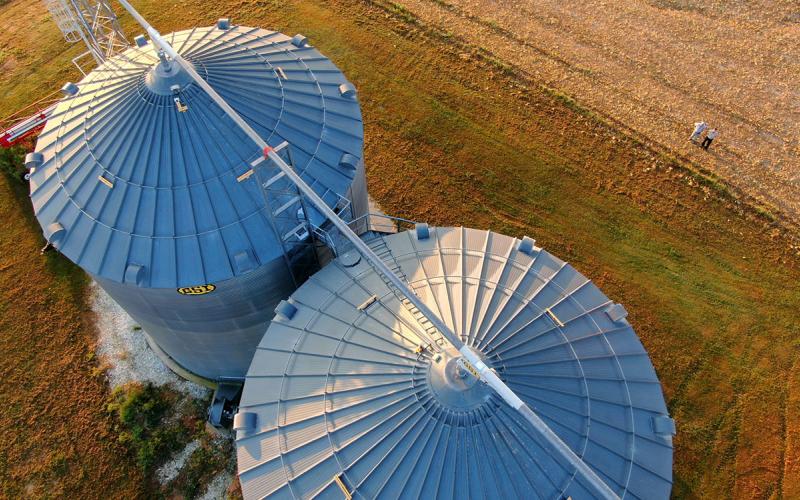
Managing Production Costs To Boost Soybean Profitability
Soybeans are one of the major crops in South Dakota in terms of both acres planted and sales values. To determine the potential to increase net profit from soybean production, individual producers are encouraged to compare their own yields and input costs with benchmark levels.
SDSU Extension to Host Sustaining the Legacy Virtual Conference
November 13, 2020
SDSU Extension will host a Sustaining the Legacy virtual conference on December 2, 9 and 16 from 6:30 p.m. to 9:30 p.m. CST each evening.

Financial Measures for South Dakota Farms
Farm and ranch businesses have a sizeable investment in equipment, buildings, land, and livestock. These investments require their owners and managers to remain knowledgeable about the financial condition of their business. The information to calculate measures of financial performance can be found in their farm record books or accounting system.
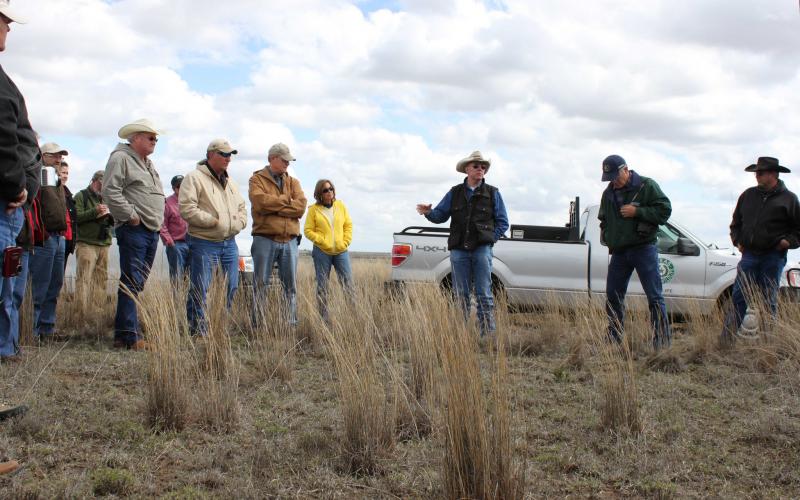
Strategic and Scenario Planning in Ranching: Managing Risk in Dynamic Times
A changing marketplace, price volatility, labor availability, record high feeder calf prices, the effects of the ethanol industry: How will your ranch operation adapt?
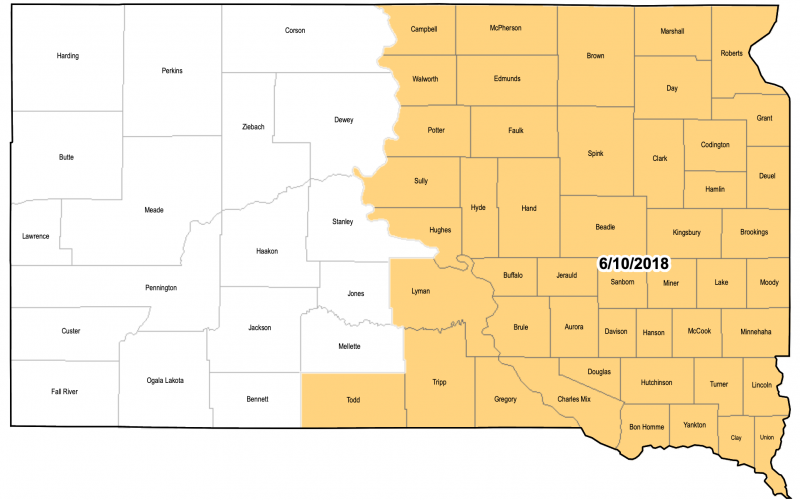
Multi-Peril Crop Insurance: Delayed and Prevent Plant Choices
Crop insurance late plant dates are fast approaching for planting crops in South Dakota. The weather and soil conditions this spring will likely lead to some prevent plant situations for farm producers.
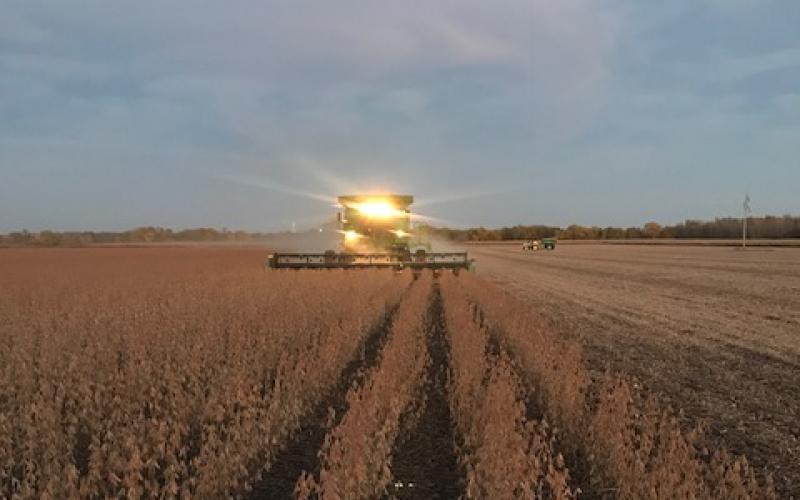
Field Studies: Blowing the Whistle on Marketing Claims
With technology surrounding today’s culture, data and marketing information has become a key part of life. The best way to determine if a product or practice is effective is to ask for the data and research backing a company’s claims. However, before a producer makes a decision, understanding the data and statistics is key.